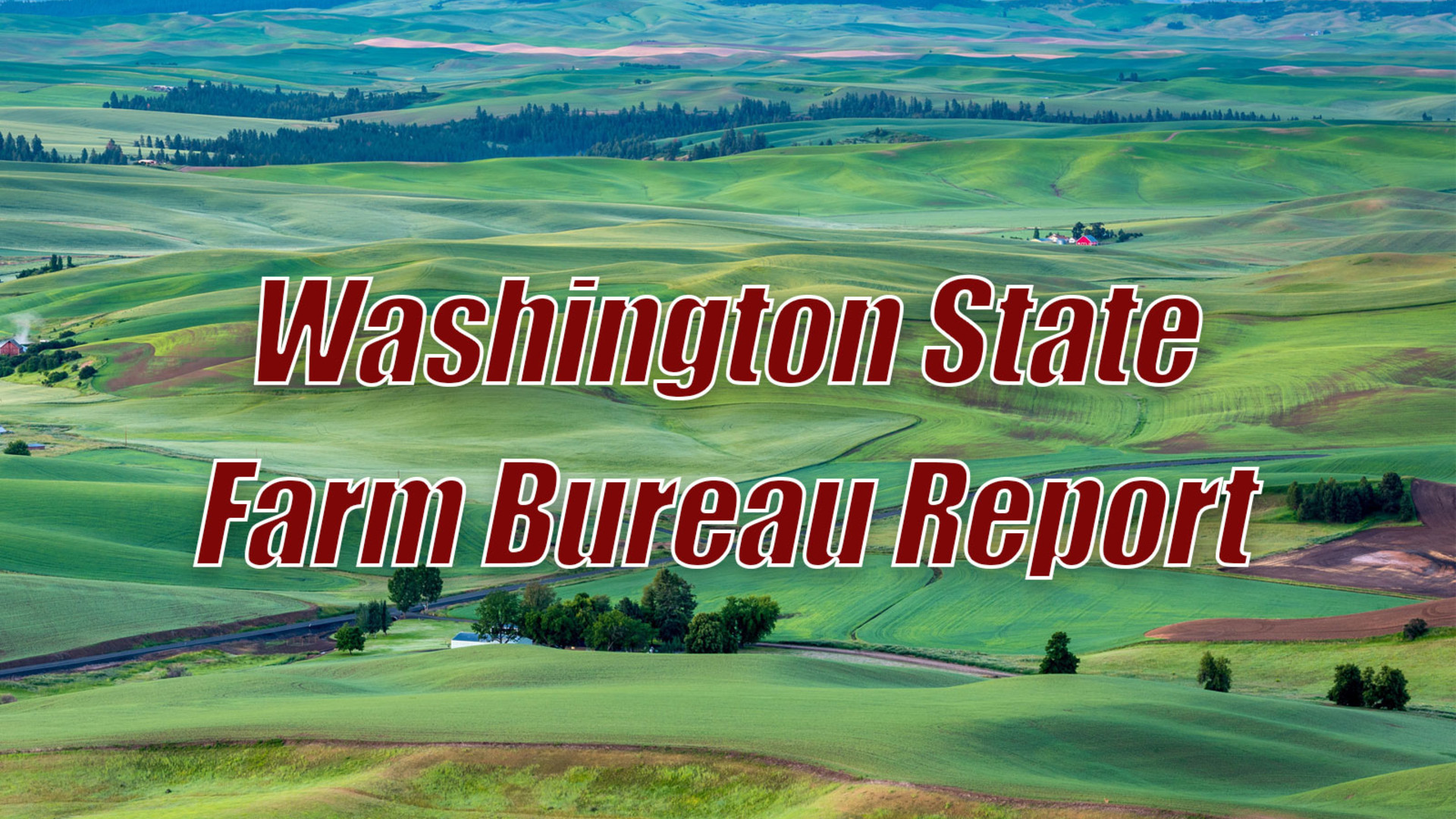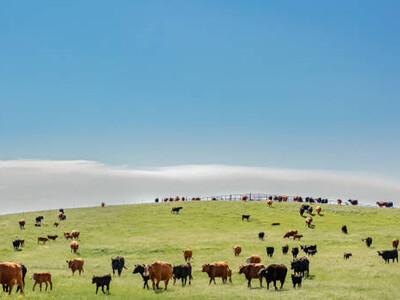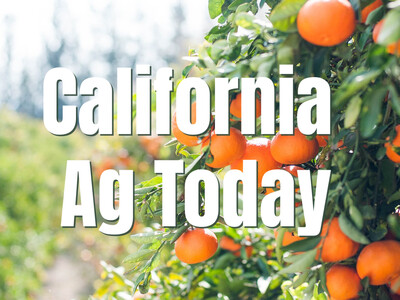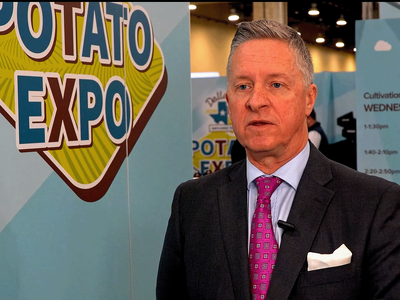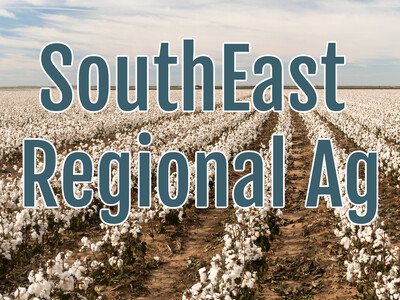Water Usage Grant
Farmers and ranchers in Washington state have been dealing with changing weather patterns over the last several years that have affected the way they run their operations. Water availability in the Columbia River Basin is a major concern needing to be addressed as a result of such changes. A recent USDA National Institute of Food and Agriculture $1.5 million grant to WSU will go a long way in helping researchers learn how water systems and associated stakeholders will adapt to changes in climate and water availability. WSU Assistant Professor Cailin Huyck Orr talks about what the multicampus team she will be leading in the Watershed Integrated Systems Dynamics Modeling project will be focused on.
ORR: What we’re really interested in is how both the biophysical and social systems are going to adapt to climate change in future climate scenarios. So, we want to know how agriculture’s going to change, how a river’s going to change, and how water availability, water resources, and water quality are going to be affected by these changes.
There are certain things the team foresees.
ORR: One of the things is that we’re anticipating that there might be future scenarios where there’s increasing water scarcity, especially at certain times of the year. There might be more precipitation that falls as rain instead of as snow. If that’s the case then there will be less snowpack and there’ll be less water available at times of the year when we’re used to having that water melting.
If that becomes the case, Orr says that we might need to think about how we make tradeoffs between water use for agriculture and water use for hydropower, as well as where that water will be stored and how it will be used; the kind of set of problems the WISDM is interested in forming.
I’m Lacy Gray and that’s Washington Ag Today on the Ag Information Network.


